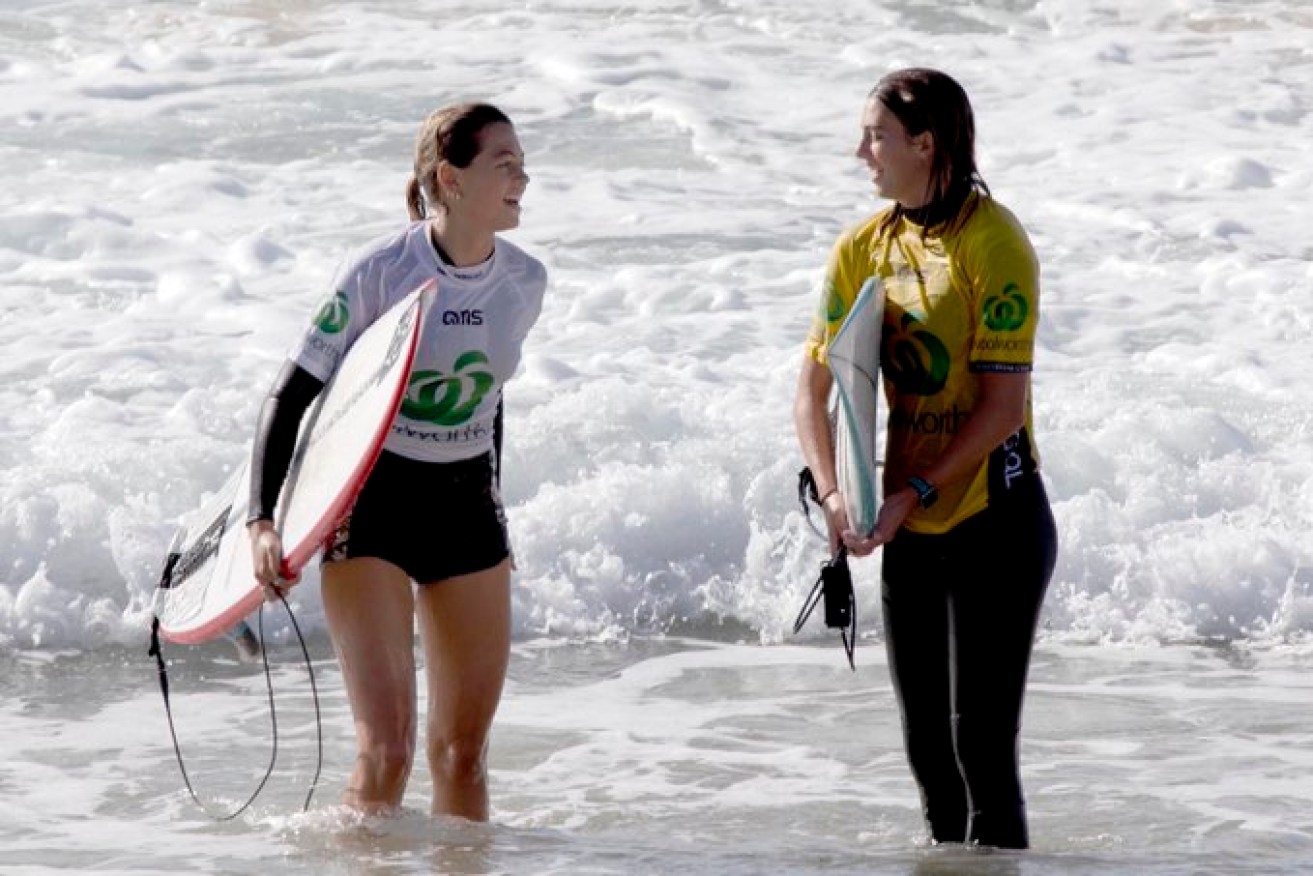Meet the quiet heroes most likely to stop you drowning at the beach this summer
There’s 2.5 million of them searching for the perfect wave in Australian waters, but the chances are higher that they may save your life.


Studies suggest that surfboard riders perform as many as half of the rescues on Australia's beaches each year. Photo: Surfing Queensland
The number of surfers who save struggling swimmers every year will be captured in a new survey that kicks off around the country today.
Researchers estimate the number of rescues made by surfers each year in Australia is roughly similar to the number performed by the nation’s lifeguards and lifesavers.
In 2020-21, surf lifesavers, lifeguards and lifesaving services performed 8,064 rescues. Of those 2,704 were in Queensland.
In the same year, the volunteer organisations performed more than 1.7 million preventative actions, which includes stepping in before people get into trouble and need rescuing, according to Surf Lifesaving Australia.
Still, a total of 294 people drowned across the country in the past 12 months, including 66 in Queensland, combined Royal Life Saving Society and Surf Life Saving Australia figures show.
The new study by the University of NSW Beach Safety Research Group aims to quantify the safety contribution that surfers make between catching waves, and whether Australian surfers perform more rescues than other surfers around the world.
Study lead Professor Rob Brander said it had not previously been documented how many people owed their lives to the actions of quick-thinking surfers.
“So we are really interested to see if we can get stronger data about surfers and how many rescues they might make each year at Australian beaches, and whether this is consistent the world over,” Brander said.
Brander said an earlier survey suggested as many as 63 per cent of surfers felt they had saved a life, mostly of swimmers in distress.
A breakdown of those figures shows surfers performed rescues in both lifesaver/lifeguard patrolled (45%) and unpatrolled (53%) beach locations.
“In Australia alone there are an estimated 2.5 million surfers, which is about 10 per cent of the population,” Brander said.
“Participation in surfing has been growing rapidly and surfing is truly a global activity as is evident by its inclusion for the first time in the recent Tokyo Olympics – a tribute to its global popularity.
“What we hope to gather from the survey is a new, detailed understanding of what the world’s surfing community looks like in terms of demographics, type of surfers, how often they surf as well as their contribution to rescues.”
He said the research would tap into a growing move towards formal surfer rescue and safety training.
Many surfing organisations have moved to start offering education for board riders about best-practice surf rescue and CPR skills, should they find themselves rescuing distressed ocean-goers, he said.
Surfing NSW manager Matt Lawson said the study would provide new insights about the interaction between surfers, society and the environment.
“We know surfers are in the water 365 days a year from dawn though to dusk and are most often the first to assist in an emergency situation,” Lawson said.
“Most of us have spent our lives in the ocean and we believe that the majority of all surfers worldwide have been involved in a lifesaving rescue. With an estimated 35 million surfers worldwide that’s a lot of lives being saved through surfing.”












